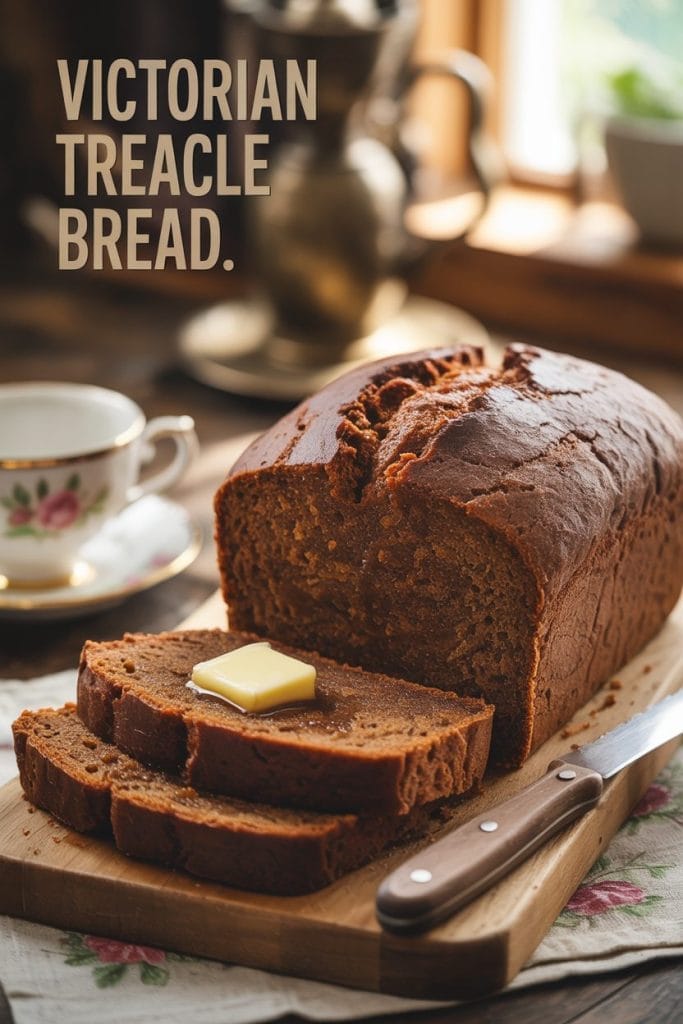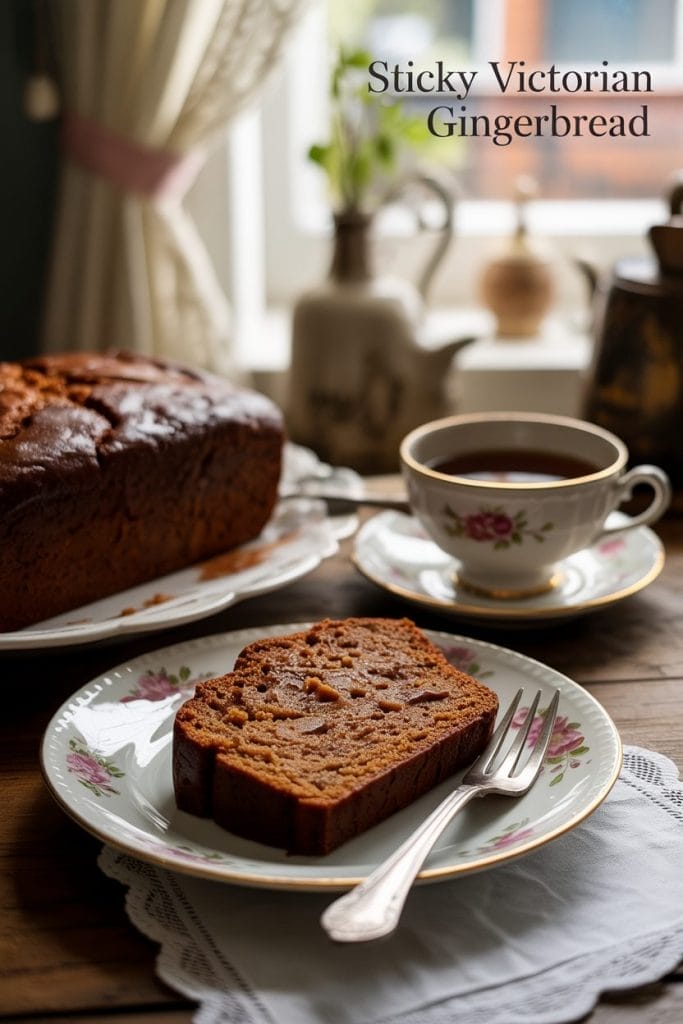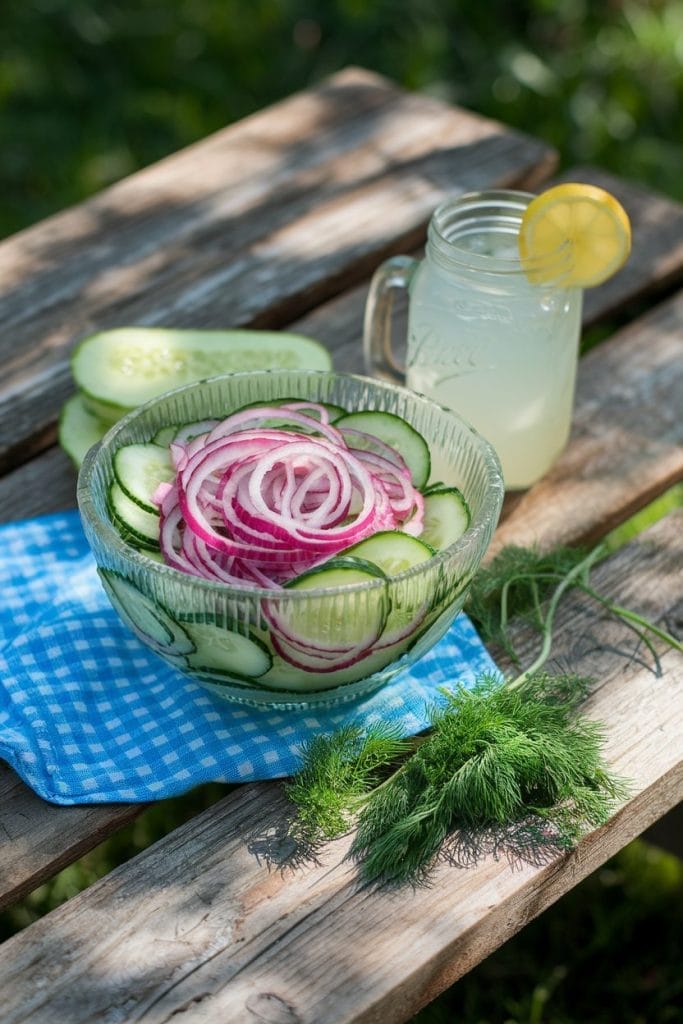Home > Single Recipes > Pepper Pot Soup That Fed a Revolution – A Bold Taste from the Colonial Days
Last Updated: March 23, 2025
I Made These FREE Vintage Recipe Tools JUST For You
This recipe was created with help from AI tools and carefully reviewed by a human. For more on how we use AI on this site, check out our Editorial Policy. Classic Fork earns a small commission from Amazon and other affiliate links at no extra cost to you, helping us keep our content free and honest.
Pepper Pot Soup That Fed a Revolution – A Bold Taste from the Colonial Days
Time Period:
Meal Type:
Cooking Time: 2 hours
Prep Time: 30 minutes
Total Time: 2 hours 30 minutes
Servings: 6
Calories: 310 per serving (approx.)
This soup once kept George Washington’s army going. It’s thick, hearty, and full of bold flavor. With beef, root vegetables, and spices, it’s a simple but satisfying dish that warms you from the inside out.
It’s called “Pepper Pot” for a reason — expect a gentle kick of heat.

What Would You Cook in Wartime?
Step back in time and discover what you could make with limited wartime rations
History
Pepper Pot Soup came from the Caribbean and West Africa but became a key survival meal for American soldiers during the Revolutionary War.
Philadelphia made it famous. Vendors sold it hot on the streets in the 18th and 19th centuries. Cooks used what they had — salted meat, root vegetables, and hot peppers.
It was cheap, filling, and easy to cook in big pots. It became a symbol of grit and resourcefulness.
Equipments
- Large soup pot or Dutch oven (This one is gorgeous)
- Wooden spoon (Love environmet & style? Get this bamboo spoon set)
- Sharp knife (Chefs envy this knife set)
- Cutting board (My favorite cutting board set)
- Ladle (This wooden ladle is great)
- Measuring cups and spoons
Ingredients
- 1 lb beef (stew meat or tripe for authenticity)
- 2 tbsp cooking oil or lard
- 1 medium onion, diced
- 2 cloves garlic, minced
- 2 carrots, chopped
- 2 potatoes, diced
- 1 turnip or parsnip, chopped
- 1 hot pepper (like habanero or cayenne), minced
- 6 cups beef broth or water
- 1 cup chopped greens (collard, kale, or spinach)
- 1 tsp dried thyme
- Salt and black pepper to taste
- Optional: 1/2 tsp allspice or nutmeg for extra warmth
- Optional: dumplings or pieces of hard bread for thickening

Instructions
Step 1: Brown the Meat
Heat the oil in the pot over medium heat.
Add beef chunks and sear until browned on all sides. This locks in flavor.
Step 2: Sauté the Base
Add onion and garlic to the pot. Stir for 3-4 minutes until soft and golden.
The smell should be rich and warm.
Step 3: Add the Vegetables
Toss in carrots, potatoes, turnips, and hot pepper.
Cook for 5-7 minutes, stirring now and then to avoid sticking.

Step 4: Pour the Broth
Add the beef broth and bring it to a gentle boil.
Scrape the bottom of the pot to lift any flavor bits stuck there.
Step 5: Simmer and Season
Add thyme, salt, black pepper, and optional spices.
Turn heat to low and let it simmer for 1.5 to 2 hours until meat is tender and flavors deepen.
Step 6: Add Greens
Ten minutes before serving, stir in the chopped greens.
Let them wilt and blend into the soup.
Step 7: Optional Thickening
You can drop in dumplings or torn bread pieces.
Let them soften and thicken the soup for the final 10-15 minutes.
Step 8: Serve
Ladle into bowls and enjoy it hot.
A rustic soup like this doesn’t need garnish — just a spoon and a hearty appetite.
Special Notes
- Tripe was often used in colonial days, but you can use beef if preferred.
- Hot pepper is traditional, but adjust to your heat tolerance.
- The soup is even better the next day. Flavors deepen overnight.
- Can be made vegetarian by skipping the meat and using beans instead.
Nutrition (Per Serving – Approximate)
- Calories: 310
- Protein: 22g
- Fat: 12g
- Carbs: 30g
- Fiber: 5g
- Sugar: 3g
- Sodium: 600mg

Maggie Hartwell
Hi there, I’m Maggie Hartwell, but you can call me Maggie—the apron-clad foodie behind Classic Fork! I created Classic Fork because I’m convinced food has a way of telling stories that words can’t. So, grab a fork and dig in. The past never tasted so good!






